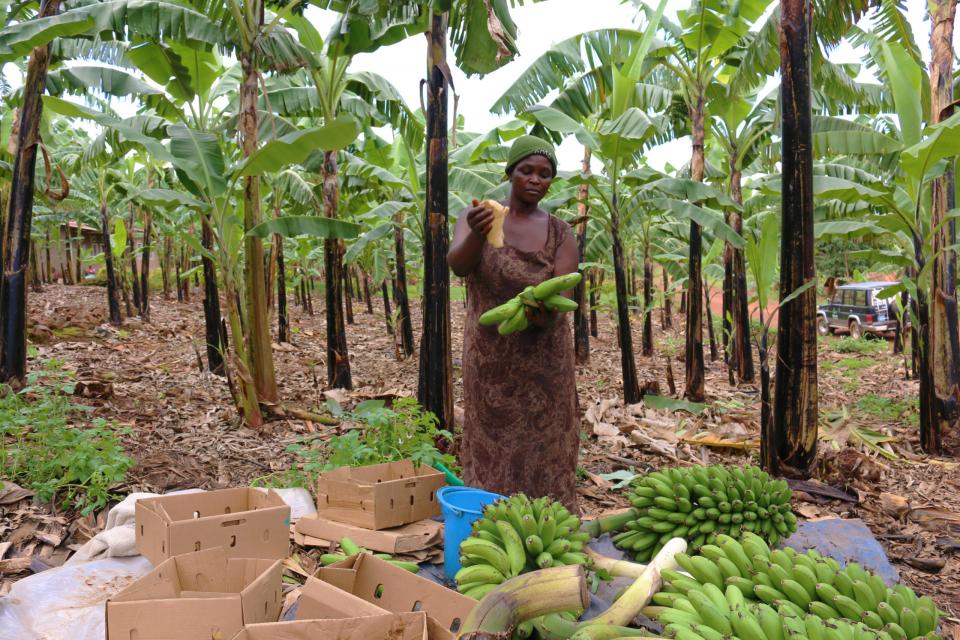Effective food system innovations. An evidence map
 Photo: Prashanth Vishwanathan/CCAFS/2014
Photo: Prashanth Vishwanathan/CCAFS/2014
The September 2021 UN Food Systems Summit illustrates a desire among many to improve outcomes from our global, regional, national, and subnational food systems.
The summit grows out of a desire for our food systems to provide healthier, more sustainable food for consumers. And while many “game changing” ideas are being proposed, it is important to know whether those ideas will actually lead to improved availability of healthier, more sustainable foods, and whether that availability can then translate to higher consumption of those foods. We term these game changers as food systems innovations, which can be defined as policies, technologies, and/or institutional innovations that trigger changes in food systems dynamics and outcomes. An open question is which food systems innovations have been studied, and which ones have been shown as effective? This interactive evidence map presents an inventory of evidence of the effects of different types of food system innovations targeting the food environment and consumers on diets and nutrition related outcomes along the pathways of change in the food environment and among consumers. The inventory includes 150 studies with evidence primarily for Bangladesh, Ethiopia, Nigeria, and Vietnam. These countries represent a population of over 600 million people and a range of diet and (sub)-national food system contexts at various stages of food system transformation and urbanization. Apart from indicating the direction of the effect of a food system innovation, the level of the outcome, the country, and a colour code visualizing the quality and strength of the evidence, the interactive evidence map also illustrates the extent to which the food system innovation and/or the analysis of its impact considers gender equity in access to healthy diets and malnutrition.


